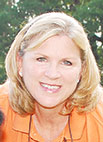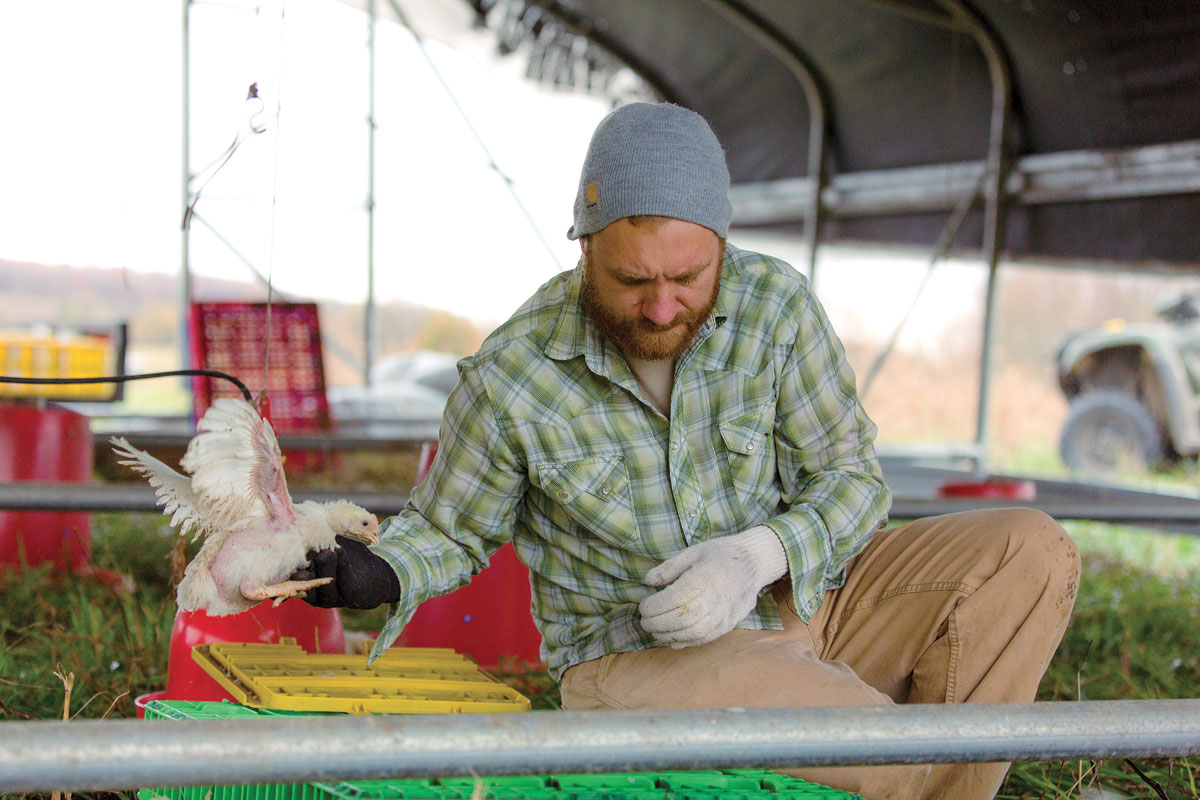
A new generation of farmers is coming about these days. Whereas years ago most farms were family operated and knowledge was passed from father to son, many of today's livestock producers don't have the advantage of growing up on a farm. Shirley Williams is a case in point. She said, "I grew up in the city in a family that wouldn't even let me have a dog in the house." Luckily, her maternal grandfather had agrarian roots, and could see the makings of a good stock woman in Shirley. She inherited his passion for stock while spending family vacations at his horse ranch in Louisiana.
Now this cowgirl is all grown up, married to Fred Williams of Van Buren, Ark., and living on Williams' farmland which has been farmed for five generations. Since 1992 Shirley and Fred have been producing seed stock Black Angus cattle. Shirley gave up a career woman's life to raise children and cattle while managing the Fair Oaks Farm operation. She is thankful that her husband has allowed her to follow her dreams. "My husband was raised in the cattle business but he lets me make all the decisions regarding the cattle. I can always tell by the smile on his face that he enjoys watching me learn things the hard way. He is incredibly supportive and proud of my achievements," Shirley said.
Fred remarked, "The farm is extremely important to our family. God made it and it's his; we just have the right to take care of it while we are here on earth."
A Head Start for Calves
Shirley believes that fall calving dates allow the cattle to be more productive. "I began fall calving because I didn't like attending births during the cold weather of January and February," she explained. Her cows calve in September and the calves are creep fed during the cold weather. In spring, at the time most producers are looking for prospective breeding bulls, Williams bulls are six months older than the competitors, and they are mature enough to handle breeding more cows in a 60-day breeding season. Calves born during the fall flush of grass receive high quality milk from their dams, then transition to weaning onto good spring grasses.
The winter breeding season also helps make the cattle more productive because heat stress is not a factor affecting conception. Many cows will not display the typical riding heats during hot weather, or may cycle during cooler nights. Artificial insemination is an important tool for keeping the genetic diversity of the herd viable and producing bulls that increase the marketability of commercial calves. Post-calving, gomer (penectomized) bulls with chin ball markers are put in with the herd. At Thanksgiving an intensive artificial insemination (AI) program is begun at Williams ranch. Shirley does the artificial insemination. Being on the premises with the cattle all day, and using pressure sensitive heat detectors on the cows allows her to get most of the cows re-bred in a reasonable time frame. Within 60 days the 30 cow herd is back in calf, which is confirmed by ultrasound. Non-breeders and heifers that aren't cycling by a year old are culled in order to maintain reproductive performance.
Effective Use of AI
Shirley agrees that agriculture is going to become more challenging as consumers expect more quality from the beef on their plates. This leads to cattle buyers demanding improved carcass traits. Use of AI sires allows Shirley to emphasize traits affecting intramuscular fat and rib eye area. Many ranchers who buy Angus from the Williams are participating in the Angus Source program, which improves the sale price of cattle that have at least 50 percent Angus genetics. Angus Source is a USDA program that verifies the source, age and genetics of specially tagged calves. Calves may be documented as either feeder cattle or replacement heifers, depending upon how the participant wants to market the calves. By producing quality sires and dams, Shirley hopes to provide commercial growers with the genetics they need to remain competitive in these changing times.







